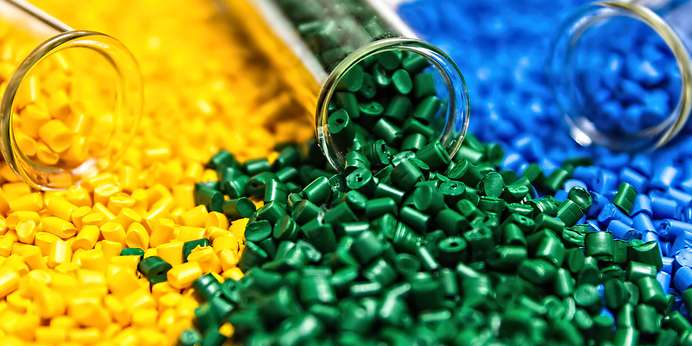
Best Practices for Measuring the Color of Recycled Pellets
Plastic recycling is becoming essential as the world continues to emphasize sustainability. Recycled plastic pellets from post-consumer and industrial waste can be used in various applications, including traffic cones, plastic chairs, detergent bottles, textiles, trash cans, and flower pots.
Ensuring consistent color in products made from reprocessed materials can be a challenge. Here at HunterLab, we offer a range of solutions to measure the color of recycled pellets for accurate results.
Challenges in Measuring Recycled Materials
Measuring the color of recycled plastic pellets presents unique challenges to manufacturers, such as:
- Material variations: Recycled pellets contain plastics from various sources, resulting in color variations. They are often blended to achieve a desired color. Color measurement can help ensure consistent blending ratios and a uniform final product color.
- Contamination: Foreign materials present in recycled pellets can affect color measurement accuracy. Implementing measures to minimize contamination in recycled pellets can improve color consistency.
- Physical Form: Recycled pellets can vary in size, shape, and opacity, affecting how light interacts with the material during measurement, requiring the right instrumentation and measurement methods for accuracy and repeatability.


